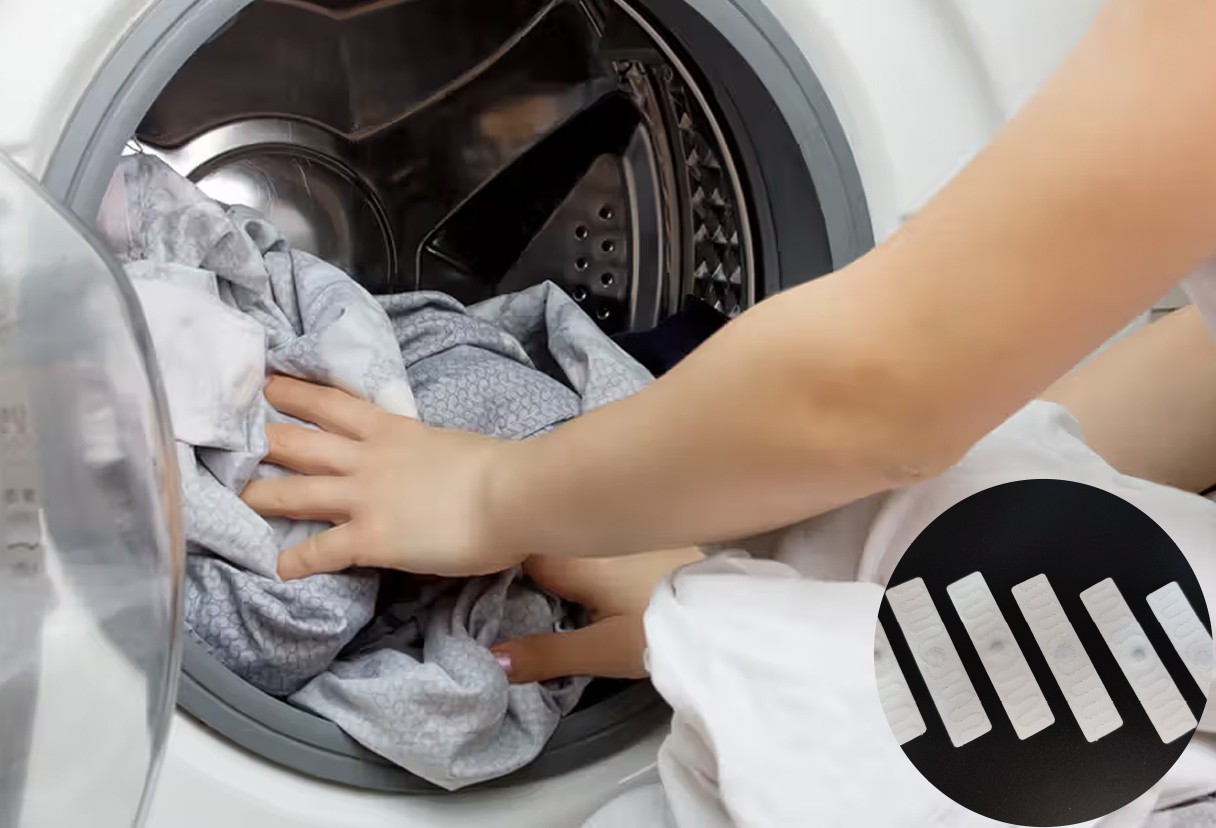APPLICATIONS OF UHF LAUNDRY TAGS
UHF laundry tags are a type of smart tags based on RFID technology, which are widely used in the laundry industry, mainly to improve the automation and management efficiency of the laundry process. The following are its main application scenarios and advantages:
Applications
Hotels and hospitals:
Linen management: used to track the use and washing of linens such as sheets and towels to ensure hygiene and inventory management.
Asset management: helps manage uniforms, work clothes, etc., prevent loss and optimize use.
Laundry factories:
Automated sorting: automatically identify and classify clothes, reduce manual operations, and improve efficiency.
Process monitoring: real-time tracking of the washing, drying and ironing status of clothes, and optimize processes.
Retail and rental:
Inventory management: real-time grasp of inventory, reduce out-of-stock and backlog.
Rental management: track the use and return of rented clothes to prevent loss.

Advantages
Efficiency:
Fast reading and writing of data to improve processing speed.
Support batch reading to reduce manual intervention.
Durability:
High temperature resistance and detergent resistance, suitable for multiple washings.
Long service life, reducing the frequency of replacement.
Accurate data:
Provide accurate real-time data for easy decision-making.
Reduce human errors and improve management accuracy.
Cost-effectiveness:
Automation reduces labor costs.
Optimize inventory and processes and reduce operating costs.
Technical features
Frequency range: usually 860-960 MHz, long reading distance.
Data storage: can store a large amount of information, such as clothing type, washing records, etc.
Anti-interference: can still work stably in complex environments.
Summary
UHF laundry tags have significantly improved the efficiency and accuracy of the laundry industry through automation and data management. They are widely used in hotels, hospitals, laundry factories and retail leasing, with the advantages of high efficiency, durability, accuracy and cost-effectiveness.
